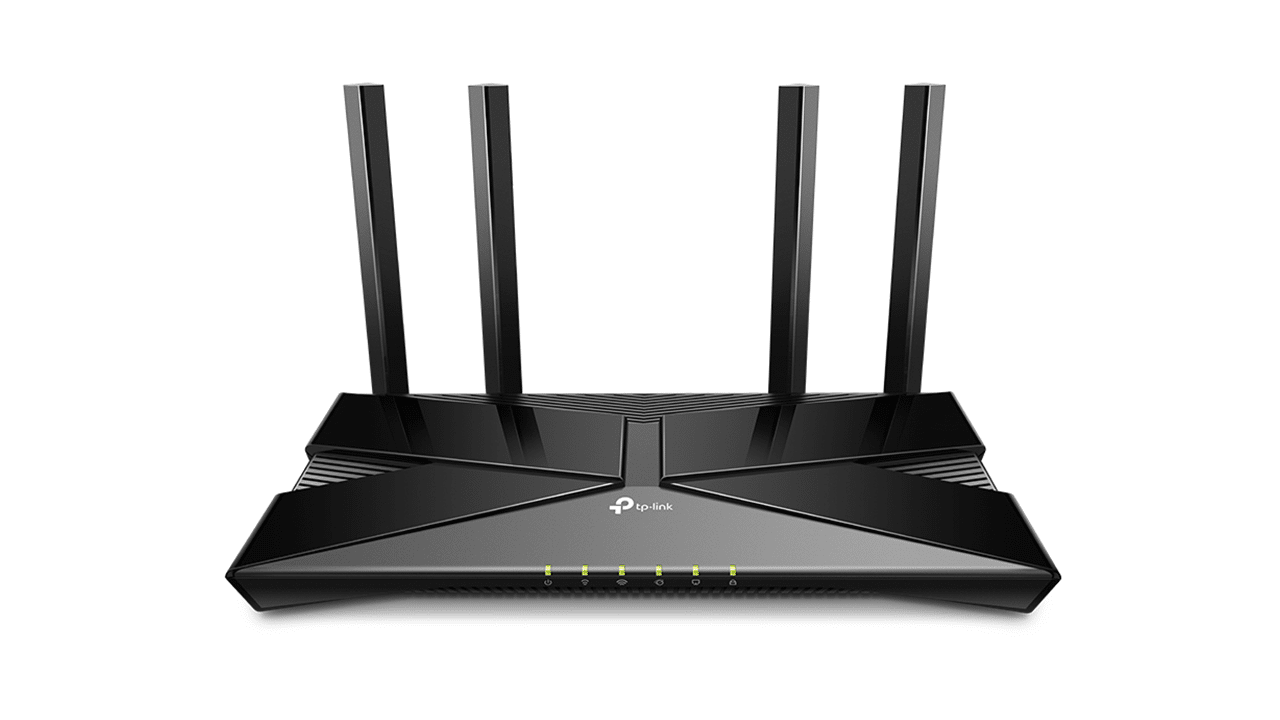The role of a router is to “route” internet traffic to all internet-connected devices in your home, a list that could include laptops, desktop PCs, smartphones, and any “smart” televisions or appliances you might have in your home.
The general rule of thumb with rebooting a router is to do it at least once a month as a matter of habit.
This being said, there’s no standard as far as when a reboot is necessary.
There are, however, some things that can happen to look out for suggesting it’s time to do a router reboot.
Here’s what you need to know about rebooting your router.
Reboot vs. Reset
Let’s start with a reminder that rebooting is not the same as resetting a router.
When you reboot a router, you’re simply turning it off and letting it start up again, or doing the same thing with an app linked to your router.
When a router is reset, however, it’s restored to its original configuration and default settings.
A reset is typically recommended only if a reboot doesn’t solve the problem or allow you to properly use your devices.
Reasons to Reboot Your Router
If you’re not having any significant issues with connectivity and device usage, go with the once a month rule of thumb for rebooting your router.
However, there are certain times when it’s best to go ahead and do a reboot if you’re noticing some issues with connectivity and performance or having other concerns.
We run through some of these below:
- Slower connections due to low memory: Over time, the list of things a router needs to “remember” to properly route connections can reduce memory capacity and slow things down. If you’re seeing signs of low memory, do a reboot to clear the memory so the processor can function as intended again.
- Router and modem communication issues: The modem receives the signal from your internet provider and translates it into a signal that can be interpreted by your router so it can be distributed properly. If there’s a loss of synchronization between these two devices, it’s time for a reboot.
- IP address issues: The hardware for your devices determines the IP address your router uses to communicate with these various devices. There shouldn’t be conflicts, but there are sometimes. A reboot often solves this problem.
- Security concerns: When you reboot your router, you’ll get a new public, dynamic IP address by your provider. If you have concerns about online security, regular reboots are worth considering to deter hackers.
- Frequency changes: The frequency your router uses can be affected by the various devices used in your home enough to cause the frequency to change. Rebooting allows your router to adjust to the optimal frequency for your devices.
Overheating can also affect your router, especially if it’s in near-constant use.
Diminished or missing signals and slower speeds are among the signs suggesting this may be an issue, You will notice if your connection is slower because you experience lagging when doing a video calls and during your game time on online and experiencing buffering when you are streaming movies or TV shows online.
Rebooting sometimes corrects this problem by giving internal components a chance to cool down.
However, if you have an older router and it’s starting to overheat regularly, consider a replacement instead.
How to Reboot Your Router?
Many newer routers come with apps you can use to remotely restart your router by tapping on this option in the settings section or menu.
Another way to reboot your router is to simply unplug it and plug it back in. Doing so won’t harm it, either.
When you do this type of reboot, take the following steps:
- Take the power cord out of the socket
- Leave it unplugged for about 30 seconds or so
- Plug your router back in and let it fully start up again
Resetting your router rather than rebooting it should be a last resort. This should be done for more significant issues, like a need to eliminate viruses or correct poor software installation problems, for instance. Otherwise, opt for periodic reboots instead done at least once a month.
